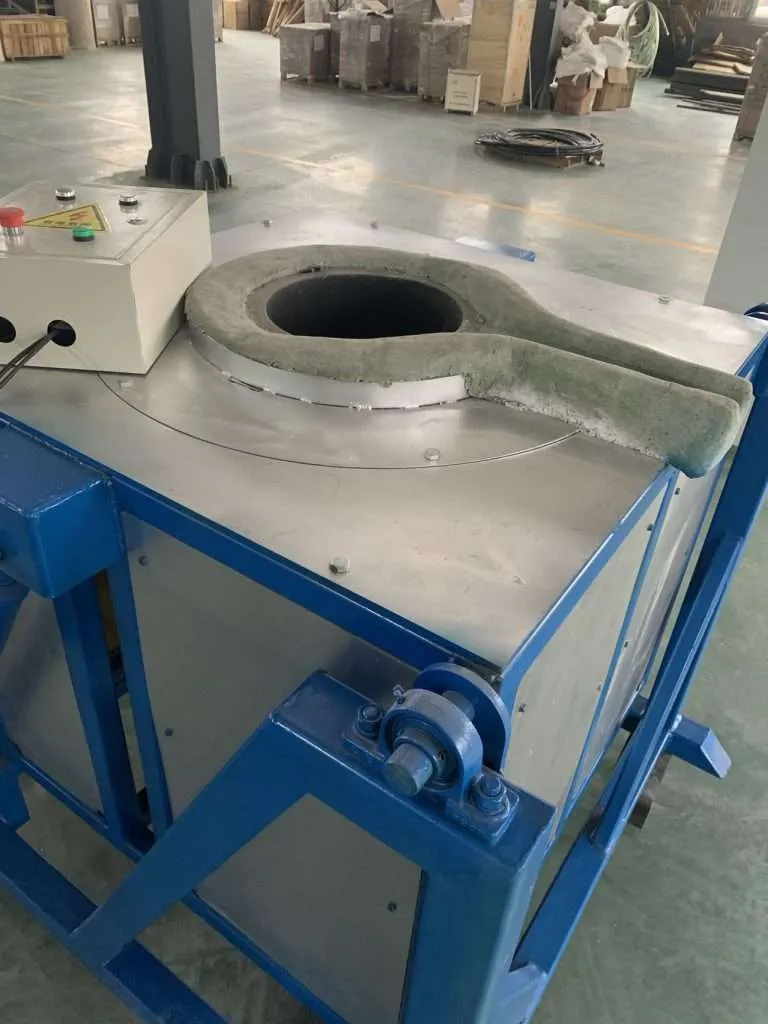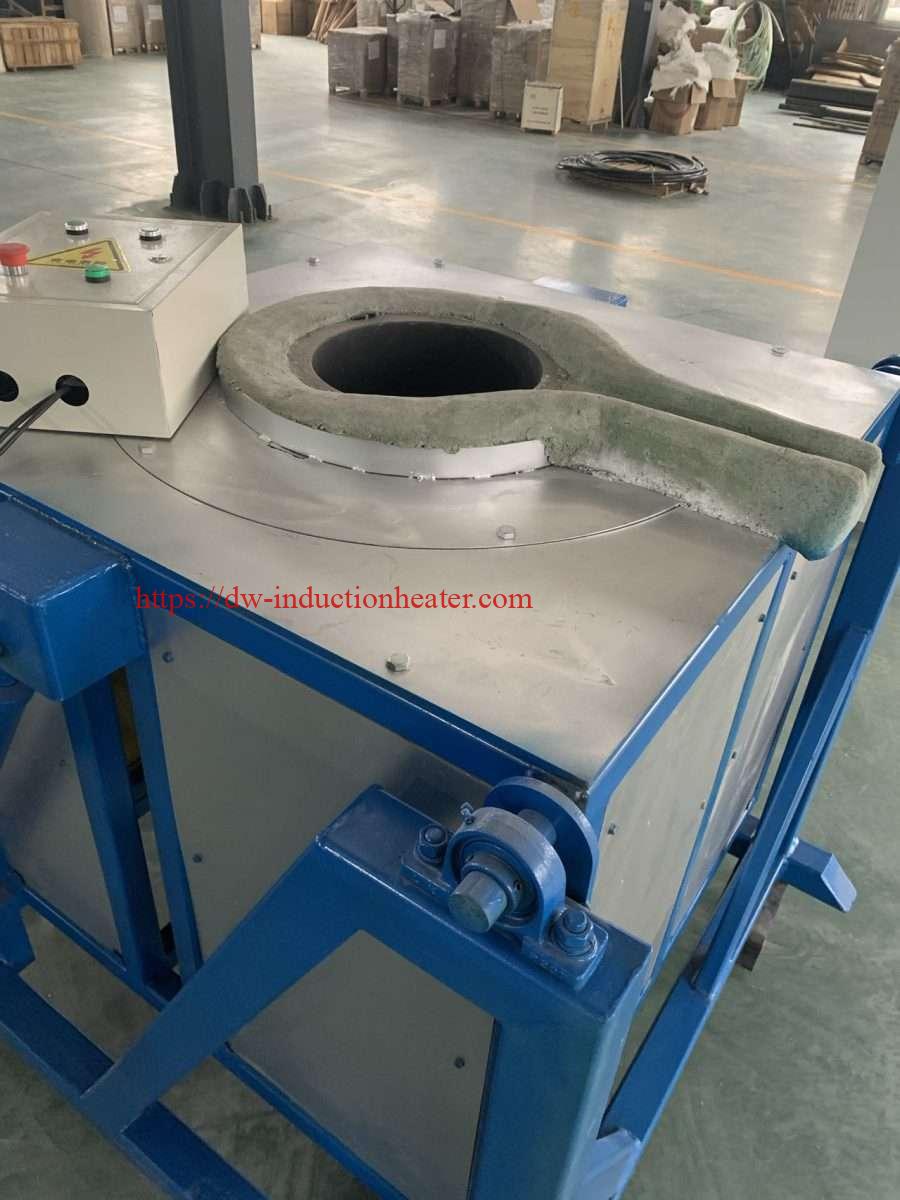
Induction metal melting furnaces are widely used in the metal industry for melting various types of metals. Here are ten frequently asked questions about these furnaces:
- What is an induction metal melting furnace? An induction metal melting furnace is a type of furnace that uses electrical induction to heat metals until they melt. The principle of induction heating involves passing a high-frequency alternating current (AC) through a coil, which generates a magnetic field that induces currents in the metal, causing it to heat and eventually melt.
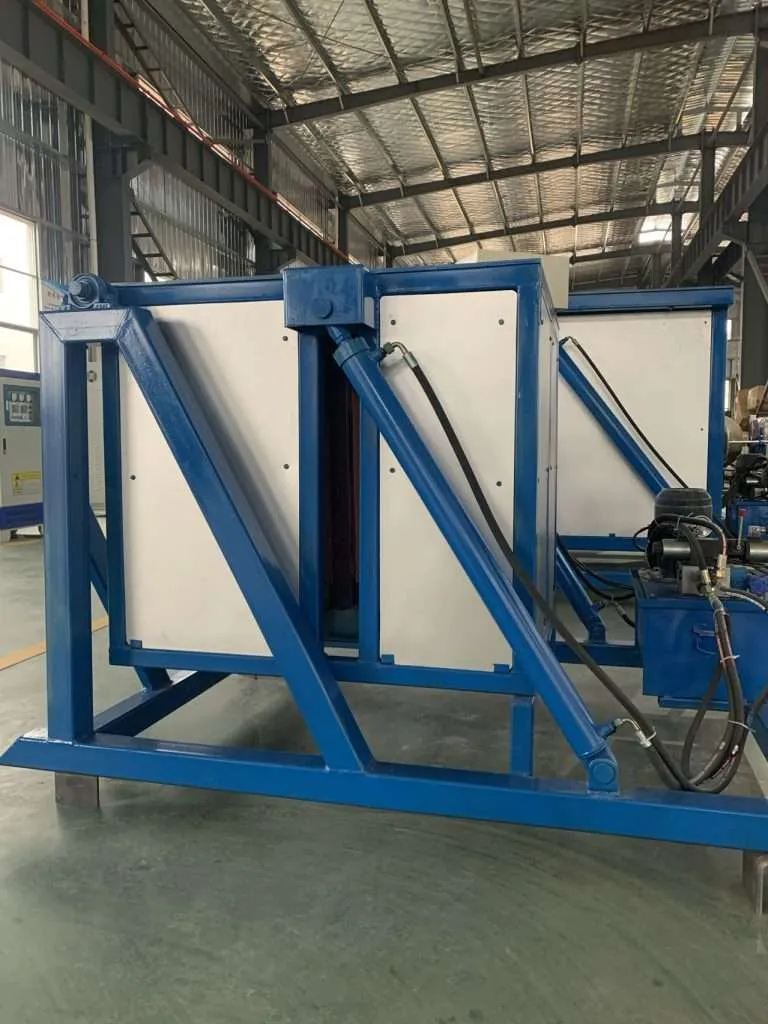
- What metals can be melted in an induction furnace? Induction furnaces can be used to melt a wide range of metals and alloys, including iron, steel, stainless steel, copper, aluminum, gold, silver, and various precious metals. The suitability for different metals depends on the design and power of the specific furnace.
- How efficient is an induction metal melting furnace compared to other types of furnaces? Induction furnaces are generally more efficient than traditional combustion-based furnaces. They convert electrical energy into heat with minimal losses, and the process is typically faster and more controllable. Energy efficiency can range from 60% to as high as 85%, depending on the furnace design and operating conditions.
- Can an induction furnace be used for small-scale melting? Yes, there are small induction furnaces available for jewelers, artists, and small workshops that require melting small quantities of metal. These can range in size from small tabletop units to larger, but still relatively compact, systems.
- What is the melting capacity of an induction furnace? The melting capacity depends on the size and design of the induction furnace. They can range from a few kilograms for small-scale operations to many tons for industrial applications.
- How does an induction furnace control the temperature? Induction furnaces typically use thermocouples and other temperature monitoring devices, along with electronic controllers, to precisely control the temperature of the molten metal. The power supply can be adjusted in real-time to maintain the desired temperature.
- Are there any materials that cannot be melted in an induction furnace? Most metals can be melted in an induction furnace, but certain materials with very high melting points or those which are non-conductive, such as certain ceramics, cannot be melted directly by induction. Metals with very high melting points might require specialized induction furnaces designed to reach higher temperatures.
- What are the safety concerns with using an induction melting furnace? The primary safety concerns are from the high temperatures and the potential for burns or fires. Proper protective equipment must be worn, and safety protocols should be strictly followed. Additionally, the strong magnetic fields generated by the furnace can affect electronic devices and magnetic storage media, and they can be a hazard for individuals with pacemakers.
- How does an induction furnace affect the properties of the metal being melted? Because induction heating is very controllable and can be applied uniformly, it can help ensure consistent metal quality and can reduce oxidation by melting the metal in a controlled atmosphere. This can lead to cleaner melts with fewer impurities.
- What are the maintenance requirements for an induction melting furnace? Maintenance includes regular inspection of the induction coil for cracks or wear, checking water cooling systems for blockages or leaks, ensuring that all electrical connections are tight, and that the power supply is working correctly. The crucible also needs regular inspection for wear and should be replaced as necessary. Regular servicing by qualified technicians is recommended to minimize downtime and extend the life of the equipment.
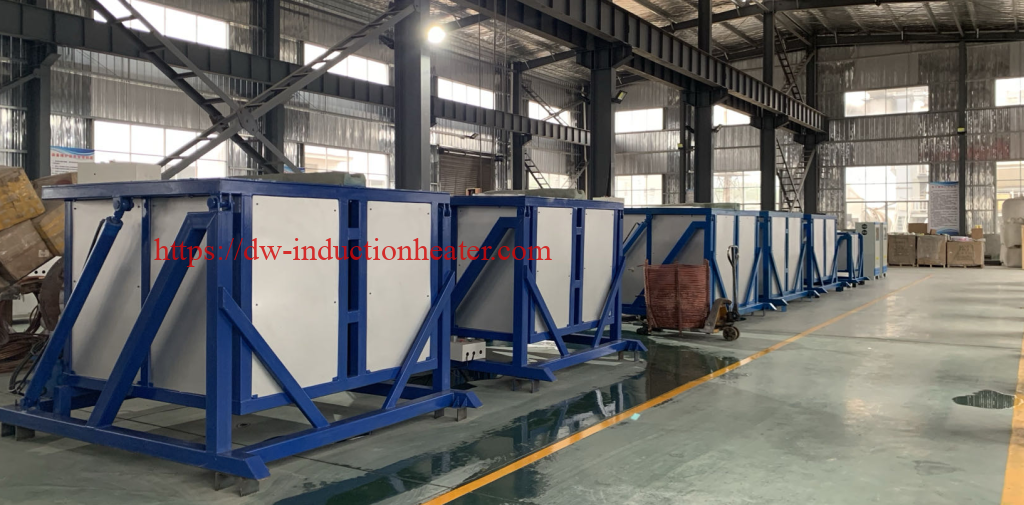
Induction metal melting furnaces are advanced melting systems designed to melt metal using induction heating technology. Below are some detailed aspects regarding induction metal melting furnaces:
Working Principle:
Induction heating occurs when an alternating current (AC) passes through a coiled copper conductor, creating a rapidly alternating magnetic field. This field penetrates the metal within the coil, generating electric currents inside the metal - these are known as eddy currents. The resistance to these eddy currents within the metal produces heat, which in turn melts the metal.Components:
An induction metal melting furnace typically consists of the following main components:- Induction Coil: Made of copper tubing, it creates the magnetic field required to induce currents in the metal.
- Power Supply: Converts AC power to the necessary frequency and provides the energy to the coil.
- Crucible: A container typically made of refractory material or steel, where the metal is placed and melted.
- Shell: Protective housing that contains the coil and crucible, often equipped with water cooling systems to manage heat.
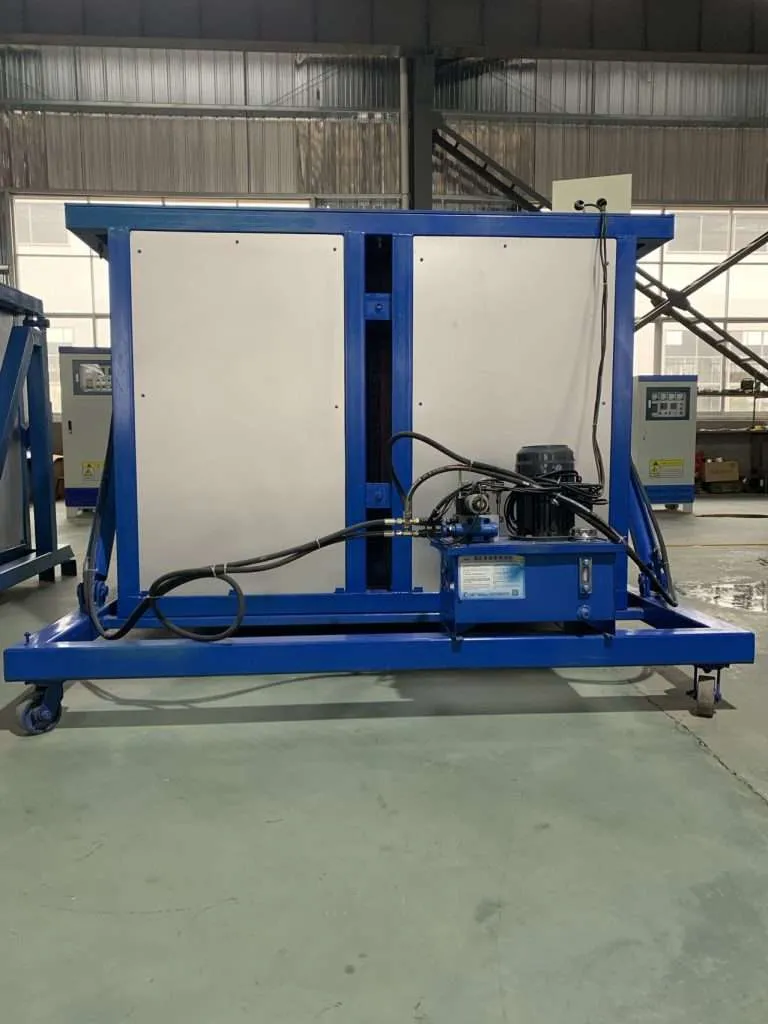
Advantages:
- Efficiency: Induction furnaces can convert up to 85% of the energy consumed into useful heat.
- Control: These furnaces allow for precise control over temperature and melting conditions.
- Speed: Metals can be melted rapidly due to the direct application of heat.
- Cleanliness: The process is cleaner than traditional furnaces as there are no combustion by-products.
- Environmentally-Friendly: No emissions are produced directly by the furnace.
- Safety: They are safer as they do not require handling flammable gases or combustible materials.
Disadvantages:
- Cost: The initial setup cost and maintenance can be higher compared to conventional furnaces.
- Power Consumption: While efficient, they can require a lot of power, which can be costly depending on local electricity rates.
- Skill Level: Operators must be properly trained to manage and maintain these systems.
Applications:
- Precious Metals: Often used in the jewelry industry for the melting of gold, silver, and platinum.
- Ferrous Metals: Used for melting iron, steel, and stainless steel in both foundry and steelmaking operations.
- Non-Ferrous Metals: Suitable for melting metals like aluminum, copper, and brass.
- Recycling: Induction furnaces are common in metal recycling facilities due to their efficiency and ability to handle various metal types.
